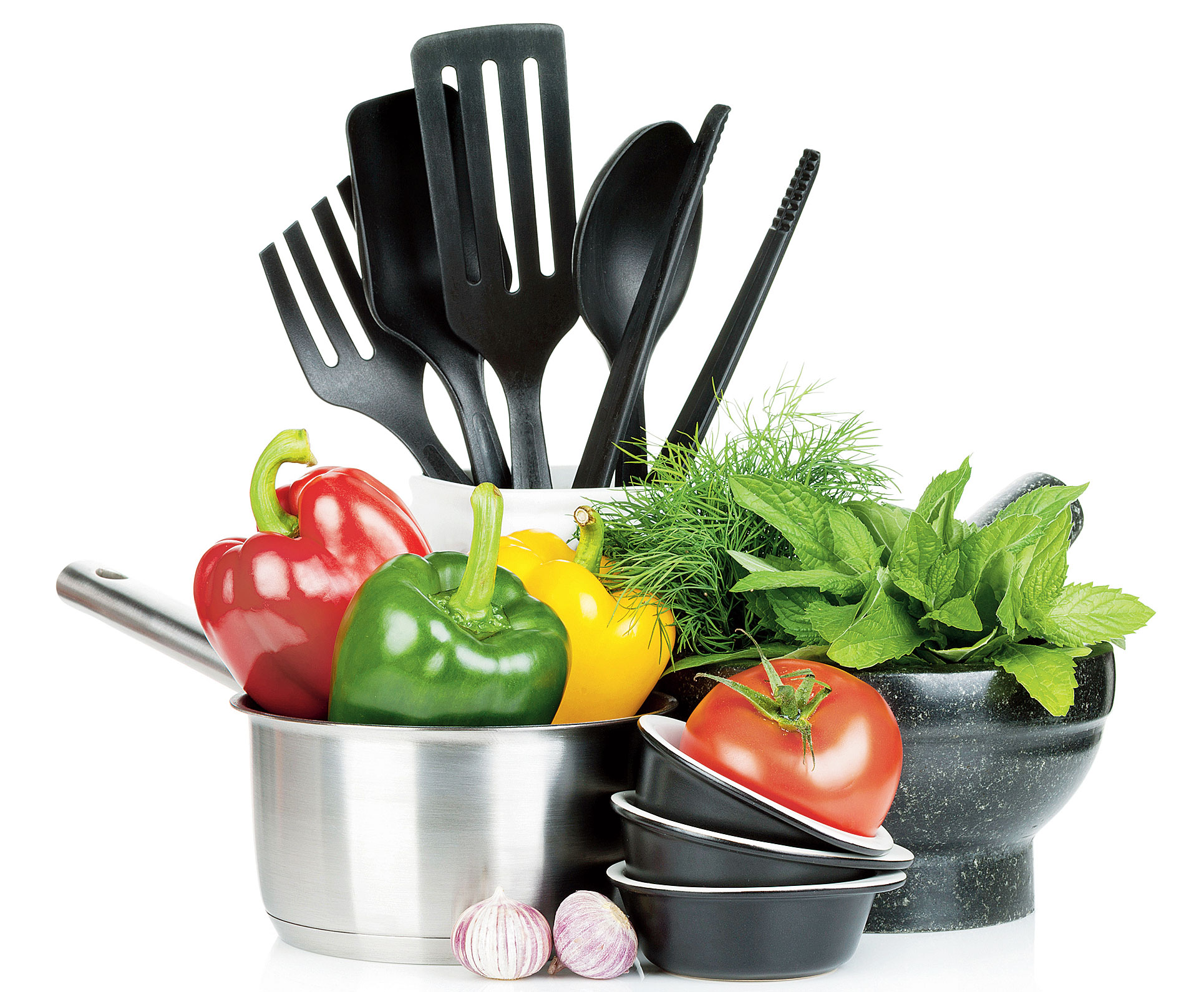If you are interested in eating safe and nutritious food, be careful about the utensils you use in the kitchen. Otherwise, not only do you lose on nutrition but there are also chances the food may turn toxic, leading to several disorders and illnesses. Let’s take a closer look at the cookware used in Indian kitchens.
Chopping board
Most people use a plastic one but the problem with plastic boards, even branded ones, is that chopping creates grooves that can harbour harmful microbes such as E. coli and salmonella. These germs get into cooked food via the next lot of sliced vegetables. Contamination is even more likely if the same board is used to chop meat or chicken. Worse, these bugs are so stubborn that even cooking may not kill them. Switch to wooden or rubber chopping boards and replace them every year.
Aluminium utensils
Because these vessels are oxidised, there is little chance of the aluminium leaching into food. Aluminium wrap, on the other hand, can leach metal if the food stays in it too long, especially if the dish has tomato, lemon juice or vinegar. A study in the Journal of Alzheimer’s Disease reported cases in which leached aluminium had led to Alzheimer’s and Parkinson’s diseases at a relatively young age. The US-based Agency for Toxic Substances and Diseases Registry (ATSDR) features aluminium prominently on its list of 200 toxic items. Switch to packing food in parchment paper. Wax-coated parchment paper is as effective as aluminium foil.
Non-stick cookware
These are extremely useful as they aid low-fat cooking and are easy to clean. The non-stick coating debuted as Teflon, which was later followed by several clones. In recent times, some of these new materials have been found to be associated with a host of diseases such as dyslexia and infertility. Improper use of these utensils compounds the problem. For instance, cooking over high heat or damaged coating can make these pans unsafe. You should use non-stick pans with great care or sparingly.
Stainless steel vessels
Quality stainless steel looks good and there is barely any leaching. What there is — iron, manganese or chromium — can actually take care of possible mineral deficiencies. However, one ingredient is harmful — nickel. Don’t scratch the utensil with scrubbing aids such as steelwool. A scarred surface would leach nickel.
Iron woks
To me, iron pans may look ugly and, sometimes, the food you cook in it becomes black, especially if you cook sour items. But even if iron does get leached into food, it’s good for those who have anaemia. However, if any family member suffers from blood disorders such as polycythaemia and thalassaemia, iron in food can be harmful.
Plasticware
Hot food in a plastic container can get contaminated with the material, leading to heart diseases, infertility, some brain ailments and even cancer. A recent Harvard research also showed that BPA — found in certain types of plastics, especially that used to make water bottles — plays a key role in weight gain. Melamine is not as bad as plastic but it too gives off toxic substances when it comes in touch with steaming hot food. Do not use melamine containers to heat food in a microwave (even if labelled for use in microwaves).
Ceramicware
This is perhaps the best cookware material. It can withstand high heat and be used in an oven, a microwave and even broiler. It is also good looking.
Bone china and porcelain
These products are light and pleasing to the eyes. They can be used to heat food in the oven but are best used to serve food in. However, some porcelainware is embellished with gold or silver. Such pieces cannot be used in the microwave. The only problem: chinaware is fragile and needs careful handling.
Earthenware and stoneware
In olden times, rice was cooked in earthenware. But earthenware as well as stoneware are liable to crack with sudden changes in temperature. Some people use stoneware crockery. However, you cannot use earthenware or stoneware in microwave ovens.










